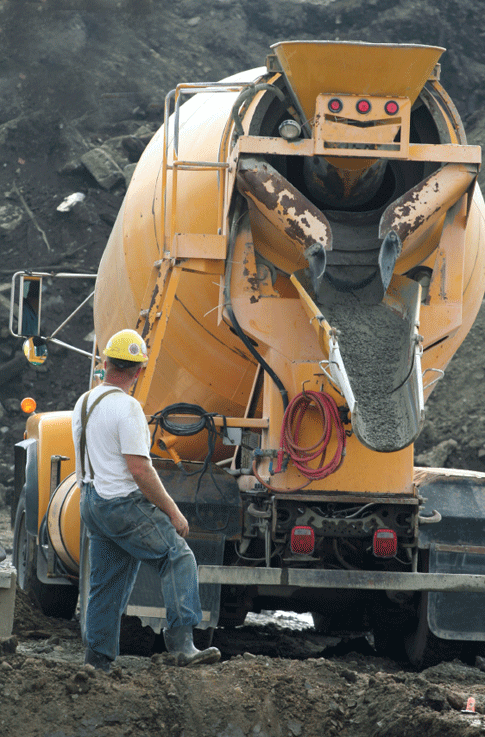Fireproof walls made from ash
Carbon emissions from cement production could be cut by 80 per cent

In a sign of true ingenuity, Curtin University of Technology’s William Rickard has developed a form of fireproof concrete from a waste by-product of coal fired power stations.
According to Mr Rickard, 24, a PhD student in Curtin’s Centre for Materials Research, this material offers the benefit of being a safer building material in fire prone areas, while also reducing carbon emissions.
“Five to eight per cent of the world’s carbon dioxide emissions come from the manufacturing of cement,” he said.
“Creating geopolymer cement from fly ash produced by coal fired power stations releases up to 80 per cent less carbon dioxide than standard cement.
“Not only can we reuse industrial waste and save it from being dumped into unsightly tailings dams, we can help to reduce our carbon emissions and the impact of global warming.”
About 13.5 million tonnes of fly ash is produced in Australia each year and over 600 million tonnes globally.
“Fly ash is a waste material with great potential as a resource for cement production,” Mr Rickard said.
“While also being as strong as regular cement, geopolymer cement has exceptional fire resistance, making it superior to conventional building materials.
“Geopolymer cements will maintain their strength and integrity during a fire while traditional cements will break down and fail.
“It can be used to insulate wall panels and build fire proof bunkers in rural areas, potentially reducing the damage caused by bush fires.
“Although we are in the early days of developing this new form of geopolymer concrete, I am optimistic that we will have a commercially ready product in the next few years.”
The Centre for Materials Research at Curtin is working with the Cooperative Research Centre for Sustainable Resource Processing (CSRP) in developing new and improved materials from industry by-products.
In an effort to promote geopolymers, CSRP has created the Geopolymer Alliance that aims to enhance the sustainability of the mining and power industries by promoting the uptake of geopolymer technology within existing industries such as the building and construction industry.
JOIN THE POPSCI AU FACEBOOK GROUP
Popular Science Australia – reporting on the intersection of science, technology and everyday life. Whether you want to learn about high tech gadgets, find science projects, read the latest space news or search for the best computers or best digital cameras…you’ll find it at PopSci.com.au